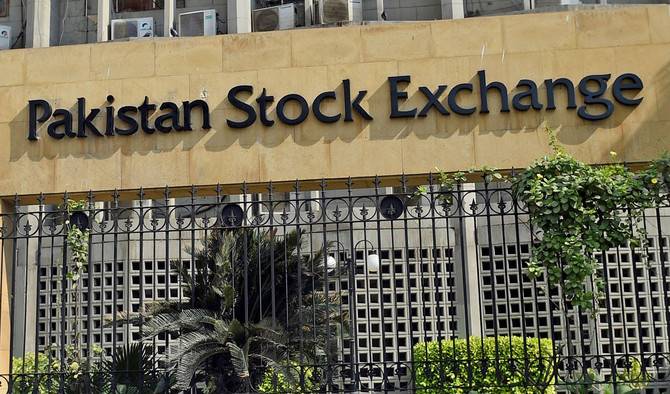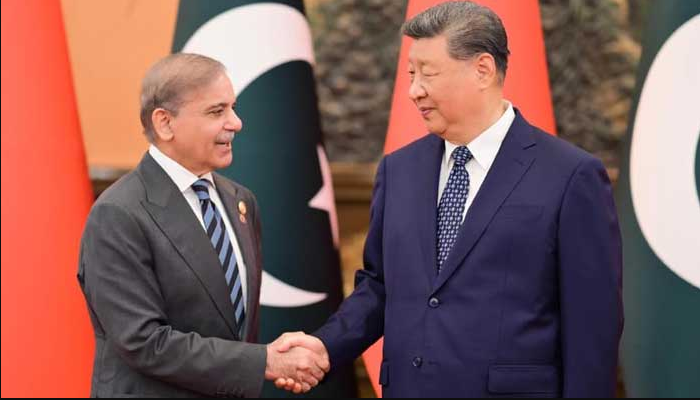
ISLAMABAD – The ministry of finance has expressed fear that flood-related damages may add to fiscal pressures and disrupt food supplies in affected areas.
“Pakistan’s economy entered FY2026 with stable macroeconomic conditions and improved growth prospects, supported by a stronger external and fiscal position. On YoY basis, LSM has been on a steady recovery since April 2025, peaking in June, and is expected to gain further momentum with improvements in automotive and fertilizer output,” the ministry noted in its monthly report, Economic Update and Outlook August 2025. It said that the government measures for investment facilitation along with reforms to support private sector-led growth, easing inflation, and accommodative monetary policy may likely to further reinforce business confidence. A favourable global environment, stronger demand from trading partners, and the recent trade deal of Pakistan with the US are expected to boost exports, while workers’ remittances will help contain trade deficit pressures from tariff rationalization–driven imports. However, flood-related damages may add fiscal pressures and disrupt food supplies in affected areas. Inflation is projected to remain within range of 4.0-5.0 percent in August, 2025.
Pakistan’s economy started FY2026 with positive developments from the sustained improvements in FY2025 and setting a promising tone for the months ahead. CPI inflation remained moderate, suggesting that inflationary expectations are well-anchored through a mix of administrative measures and policy reforms along with prudent economic management. In July FY2026, the external sector showed a favourable performance, with a narrower current account deficit and a stable exchange rate, while FBR’s tax collection recorded significant growth. These trends highlight a stable macroeconomic foundation at the beginning of FY2026. The stability achieved in FY2025 and sustained improvement in macroeconomic indicators prompted international credit rating agencies to upgrade Pakistan’s sovereign outlook, reaffirming confidence in economic direction and reinforcing credibility of ongoing reform efforts.
FY2025 concluded with notable improvement, supported by strong revenue growth and prudent expenditure control. The fiscal deficit narrowed to 5.4 percent of GDP from 6.9 percent in FY2024, the lowest in eight years. The primary surplus rose significantly to Rs. 2,719.4 billion (2.4% of GDP) from Rs. 952.9 billion (0.9%), the highest in 24 years, driven by contained non-markup expenditures. Total expenditure grew by 18.0 percent to Rs.24,165.5 billion, with current spending increasing by 15.9 percent to Rs. 21,528.6 billion. This moderation created space for development, as federal PSDP rose sharply by 43.3 percent. On the revenue front, tax collection grew by 26.2 percent, while non-tax revenues surged by 65.7 percent. In July FY2026, FBR’s tax collection increased by 14.8 percent to Rs. 757.4 billion, with the 12.5 percent increase in domestic tax and 31.2 percent rise in customs duty. In July FY2026, the current account posted a deficit of $254 million, lower than $348 million deficit recorded in July FY2025. Goods exports increased by 16.2 percent to $2.7 billion, while imports rose by 11.8 percent to $5.4 billion, resulting in a trade deficit of $2.7 billion compared to $2.5 billion last year. Remittances were up 7.4 percent at $3.2 billion, led by inflows from KSA (25.6% share) and UAE (20.7%).
The net FDI was 6.9 percent higher at $208.1 million. Main sources were China ($51.4 million), Canada ($37.8 million) and Hongkong ($30.1 million). Sector-wise, power ($70.4 million) and financial services ($58.9 million) attracted the most FDI. However, private and public Foreign Portfolio Investment recorded net outflows of $33.8 million and $10.8 million, respectively. As of August 15, 2025, foreign exchange reserves stood at $19.6 billion, including $14.3 billion with SBP. The Monetary Policy Committee (MPC), in its meeting on July 30th, 2025, kept the policy rate unchanged at 11 percent. Despite favourable inflation outcome in June 2025, the Committee observed a slight increase in the inflation outlook in the coming months due to a higher-than-expected adjustment in energy prices, particularly gas tariffs. During 1st July –1st Aug, FY2026 money supply (M2) shows negative growth of 4.9 percent compared to negative growth of 3.2 percent last year. Within M2, Net Foreign Assets (NFA) of the banking system decreased by Rs. 61.8 billion as compared to decrease of Rs. 73.4 billion last year.
On the other hand, Net Domestic Assets (NDA) decreased by Rs. 1,940.7 billion as compared to a decrease of Rs. 1,086.0 billion last year. Under the borrowing for budgetary support, the government has retired Rs. 450.9 billion against the borrowing of Rs. 304.2 billion last year. Private Sector has retired Rs. 222.4 billion as compared to the retirement of Rs. 346.7 billion last year. The Pakistan Stock Exchange (PSX) continued its upward trend, achieving historical high of 150,591 points in 3rd week of August 2025. The KSE-100 index gained 13,763 points in July and closed at 139,390 at the end of July 2025. The market capitalization of PSX increased by Rs. 1,464 billion and settling at Rs. 16,703 billion.




